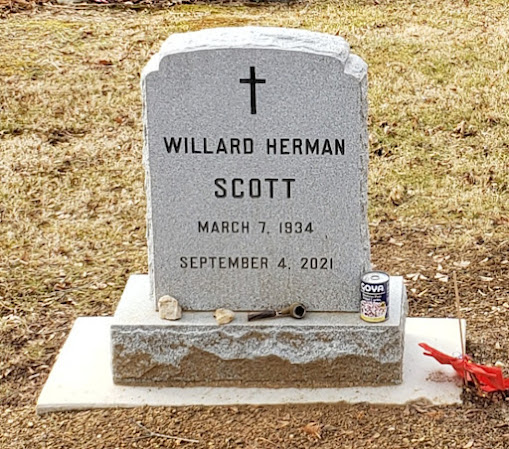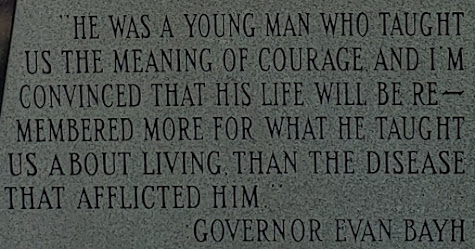
On November 17, 1978, a dubious kind of history was made. CBS Television aired what is technically the first direct sequel to the 1977 box office sensation Star Wars. With the theatrical release of The Empire Strikes Back still two years away, creator George Lucas wanted to keep the franchise alive in order to keep the merchandise flowing. The result is what many consider to be the holy grail of lost films, The Star Wars Holiday Special.
Our story begins with recycled footage of the Millennium Falcon taken directly from the first movie. Han Solo is desperate to get his best friend and co-pilot Chewbacca home for the holidays, on the eve of the greatest of all wookiee celebrations, "Life Day." Don't count on seeing much of Han, Chewy, or any of the others until the end of the special, however. They're simply the framework for a two-hour variety show featuring a bevy of 70s TV icons.
The film is so bad that it was never rerun. To this day, George Lucas likes to pretend that it does not exist. Unfortunately for him, VCRs did exist in 1978, and quite a few folks recorded the special. Today, it is all over YouTube. There is even a new theatrical documentary all about the special entitled A Disturbance in the Force: How the Star Wars Holiday Special Happened.
Since its airing, many of the film's stars have passed away. This blogger has visited the graves of five of the more notables. So, in honor of the film's 45th anniversary, let's visit those graves here and pay our respects. What better to celebrate Life Day?

. Yup, that's really Harvey under all that make-up. He had the distinction of playing not one, but three different characters in the film. The one pictured at left was an inter-galactic
Julia Childs, whose program is a favorite among the wookiees.
Harvey was of course an icon from
The Carol Burnett Show, so his casting in the film was almost a given.
He passed away in 2008 at the age of 81 and was buried at Woodlawn Cemetery in Santa Monica, California.
Peter Mayhew. Mayhew was no stranger to the special, where he reprised his iconic role of Chewbacca the wookiee. While Mayhew was born in London, he later became a legal United States citizen, ultimately residing in Texas. For the last few years before his death, he was a mainstay on the convention circuit, where this author met him in 2014.
Sadly, Mayhew passed away in 2019, just four months shy of the release of the final film in the
Star Wars saga,
The Rise of Skywalker.
Mayhew was buried at Azleland Memorial Park in Reno, Texas, and given a headstone commemorating his alter ego.
Carrie Fisher. The high point of the special would have to be Carrie Fisher's
solo act, which appears at the climax of the film. Of the special she would later say "it was so bad it's NOT good." Still, that didn't stop her from signing "Happy Life Day" to this blogger when he met her in 2013.
As has been well reported, even by Fisher herself, she had a long history of substance abuse. She ultimately died of sudden cardiac arrest on December 27, 2016. The princess was only 60 years old.
She was entombed at Forest Lawn Hollywood Hills, where her mother, Debbie Reynolds, would join her just a few short days later.
Diahann Caroll. Fisher isn't the only singer in the film, however. Famed actress Diahann Carroll appears as well, as a holographic entertainer. She is a favorite of wookiee father Itchy, who employs a virtual reality headset to catch
her act. To say that it is the creepiest segment in the special would be an understatement.
Carroll passed away on October 4, 2019, at the age of 84. She was entombed at Woodlawn Cemetery in the Bronx, New York.
Art Carney. Yup, Jackie Gleason's long-time comedic partner Art Carney appears throughout the film as Saun Dann, a trader who befriends the wookiee family. Apparently, the producers allowed him to retain his eyewear for the film, as its the only time we ever see eyeglasses in the
Star Wars universe.
Carney died on November 9, 2003, at the age of 85. He was buried at Riverside Cemetery in Chester, Connecticut.
Rest in peace to all, and as always, Happy Life Day!






















































